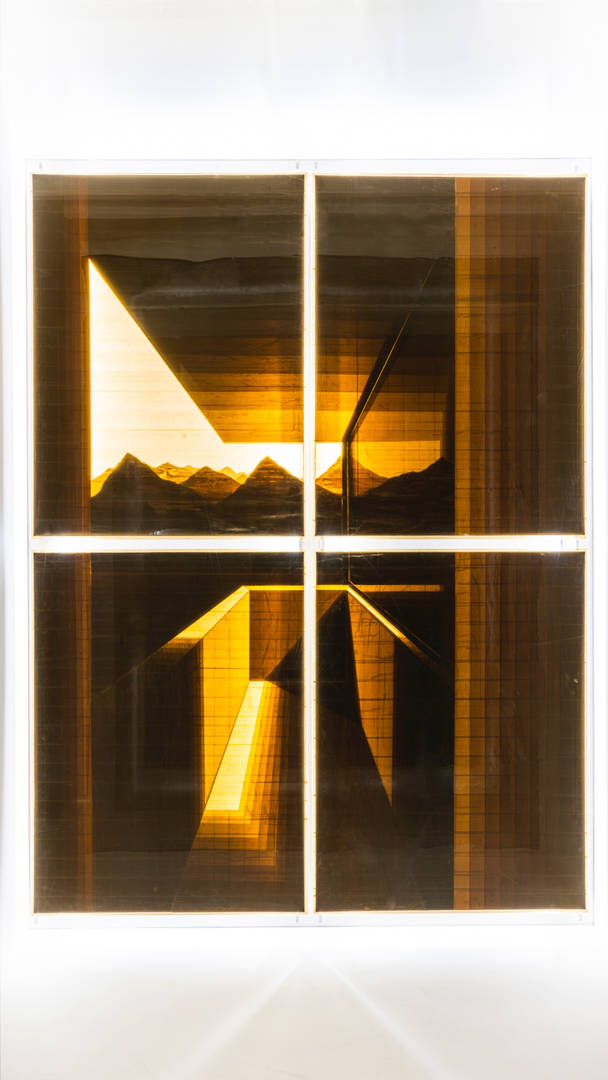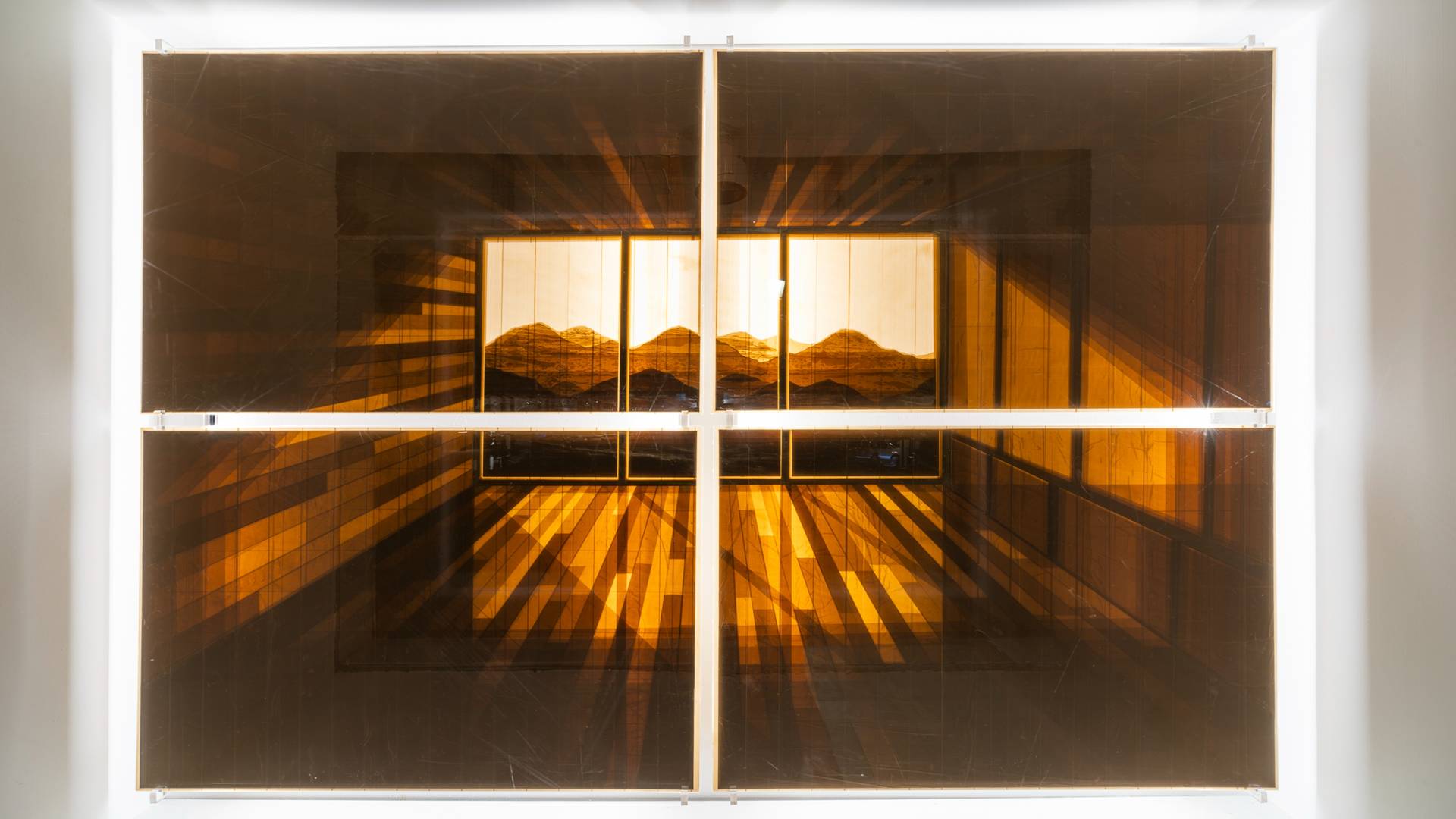Capri through the eyes of an artist
In conversation with Cuban artist Osvaldo Gonzalez
In conversation with Cuban artist Osvaldo Gonzalez
In conversation with Cuban artist Osvaldo Gonzalez
Cuban artist and sculptor, Osvaldo Gonzalez, is associated with the esteemed Galleria Continua, which is working with Jumeirah Capri Palace to fill The White Museum with the most exciting and contemporary site-specific art. We sat down with Gonzalez to discuss the inspiration behind this project and his practice.
How did you get into art, and what is at the heart of your artistic practice?
I was a child who would rather draw and paint than play games. I started studying at the local Art School in my hometown. Later, I discovered the Superior Art Institute in Havana, setting me on a journey filled with joy, determination, and artistic growth. The heart of my practice is the intersection of various art forms, with site-specific work holding special value as it encapsulates my thematic and formal ideas.

How do you create your sculptures?
I create sculptures and installations with materials that you can find in everyday places, such as stationery stores and plastic shops. Working by analogy, I create connections with the natural world and events that occur in nature. I'm very interested in playing with the subversive character of these works that generate a healing sensation. They are works that aim to create the peace we often find in the natural world, a kind of poetic trompe l'oeil. They're made with packing tape and different types of plastic, and I make them at home. I enjoy working at home, feeling the relationship between home-studio or vice versa.
What role does the physical world play in your work?
The physical world is always present in each of the works I create. I'm very interested in trying to depict everything that surrounds me, what I think about the world, and finding ways to turn it into artwork. The physical world constantly gifts me infinite moments, moments of poetry, and I strive to translate that through a drawing, a painting, a site-specific work, an installation or an object. The concept of movement has been a preoccupation of mine for several years now. The idea of perpetuating something that is fleeting is something I've been studying and researching for quite some time with different materials and ideas. In the case of the sculptures for Capri, the sea was the physical element that led me to create this series of works.

To address the sea specifically, how does it inspire you?
The sea has always been present in my life because I also come from an island. The idea for this project was somewhat linked to the concept of Romanticism and its relationship with feelings, nature, and contemplation. The painting ‘Wanderer Above the Sea of Fog’ by Caspar David Friedrich served as an inspiration. Based on these premises, I began to create works that would engage more with the outdoors, with nature as seen from different locations. Subsequently, there are two sculptures that were born with the idea of depicting the movement that recalls the wave, the motion of the sea. So, I created two bodies of work: some that gaze towards the horizon of the land, the mountain, and others that speak of the sea.
With which artists or movements do you identify, and who are your biggest inspirations?
In my case, all my influences come from the world of painting. That was the specialty I studied during my student days. Artists like David Hockney, Morandi, and concrete abstraction are some of my references.

Could you tell us about your experience with the island of Capri and how it influenced your work?
I designed this project specifically for Capri, with the works speaking to the elements of the mountain and the sea. The island's inspiring landscape prompted a stronger engagement with nature in my art.
Finally, how do you find balance between representation and abstraction in your work?
I don't distinguish between realistic and abstract representation in my work. The vast language of art allows me to translate my reality, using both methods to achieve the same result: representing my reality.